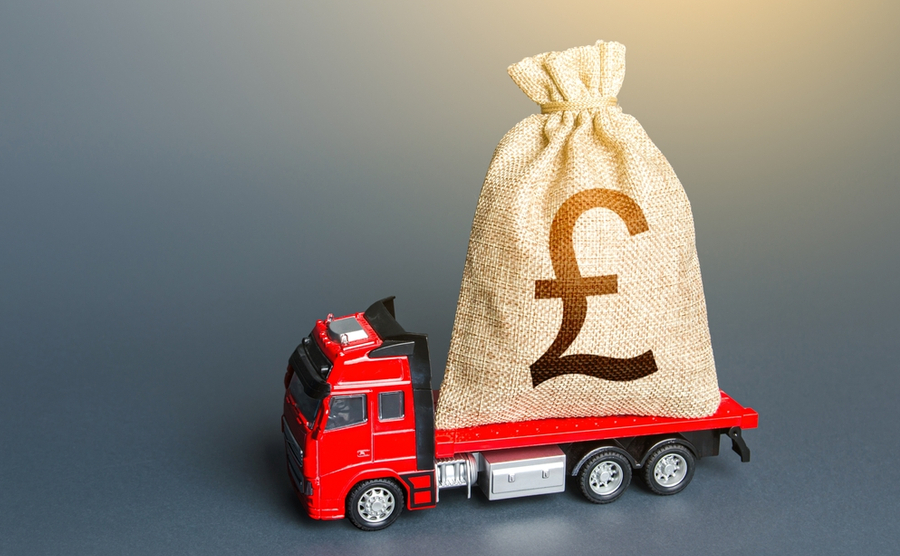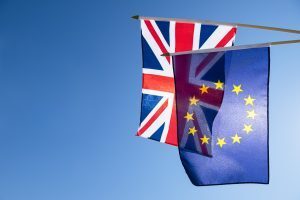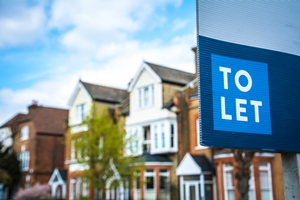Chaos in the UK economy following last week’s mini-Budget has raised fears over mortgages, as the Bank of England promises an intervention to stop inflation and a run on the pound. So how do interest rates affect mortgages? And why is the crisis affecting sterling?
Worldwide inflation is soaring. In the UK it’s around 10%, against the target of 2%. As the world recovers from the pandemic, with labour and other shortages, exacerbated by the war in Ukraine and its effect on food and energy supplies, central banks have been forced to focus on their primary goal: taming inflation. They do that by raising interest rates.
Their second job is to keep the economy growing steadily. So, fast growth but low inflation; both controlled by interest rates.
However, in the UK, PM Liz Truss and her new chancellor Kwasi Kwarteng believed slow growth was the bigger problem and cut taxes, working effectively in opposition to the Bank of England trying to keep a lid on inflation.
As the “mini-Budget” aims to put money into the economy the Bank of England is set to raise interest rates to take money out. That imbalance, among other things, has spooked the markets and sent the pound into a tail spin against the US dollar.
The good news is that against the euro, the pound remains relatively strong (due to the euro’s own, separate difficulties).
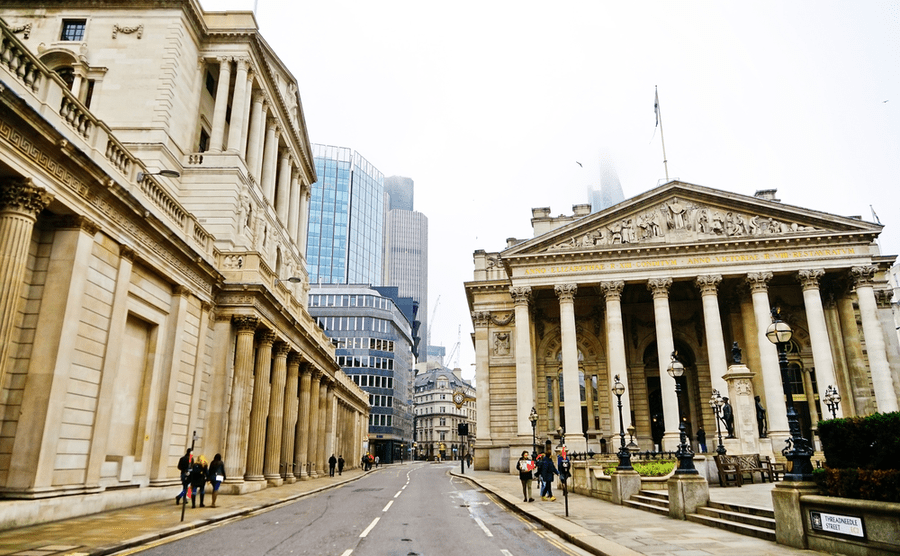
The Bank of England I Editorial credit: Javen.
What are interest rates?
In the UK, the Bank of England (BoE) is responsible for setting the target interest rate (which banks use to borrow and lend money). Changes in the country’s interest rate have a knock-on effect across markets and the economy.
According to the Bank, an interest rate tells us:
- How high the cost of borrowing is
- How high the rewards are for saving.
If you’re borrowing money, the interest rate is the amount (as a percentage of your total amount) you’re charged for borrowing.
If you’re saving money, the savings rate gives you an indication of how much money you’ll get in return – shown as a percentage of your savings.
Hence raising and lowering interest rates is like turning on two different taps. For borrowers, raising interest rates means they have less available cash, as the interest on their borrowings (mortgage, credit cards, etc) is higher, and vice versa. For savers, raising interest rates means they have more available cash, as the interest on their savings is higher, and vice versa.
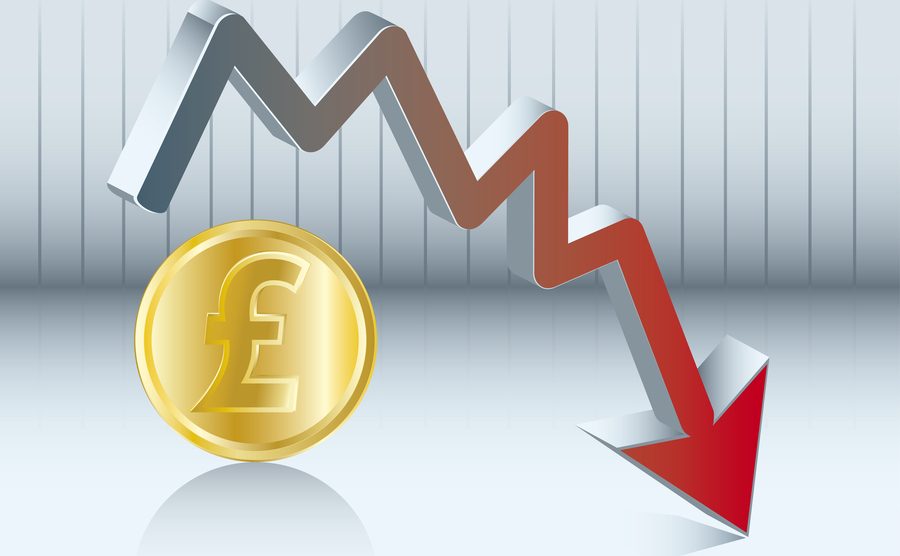
What you need to know…
The new chancellor of the exchequer Kwasi Kwarteng’s so-called mini-Budget was designed to boost growth by cutting taxes and giving everyone (but especially the well-off) more money to spend.
In the meantime, the Bank of England has been trying to take money out of the economy, via interest rate rises. So, the two leading financial institutions, the Bank of England led by Andrew Bailey and the Treasury led by Kwasi Kwarteng, are pulling in opposite directions.
The Bank said it would have to raise interest rates even more than expected, perhaps by 100 basis points, to counteract what the Treasury was doing.
This, therefore, will result in much higher mortgage repayments: immediately for anyone on a variable rate, or when their current mortgage product runs out for those on a fixed deal.
The reason the pound fell, by the way, was that financial institutions didn’t believe the mini-Budget added up to a realistic plan and would involve too much government borrowing. Money piled out of Britain and sterling hit an all-time low against the dollar.
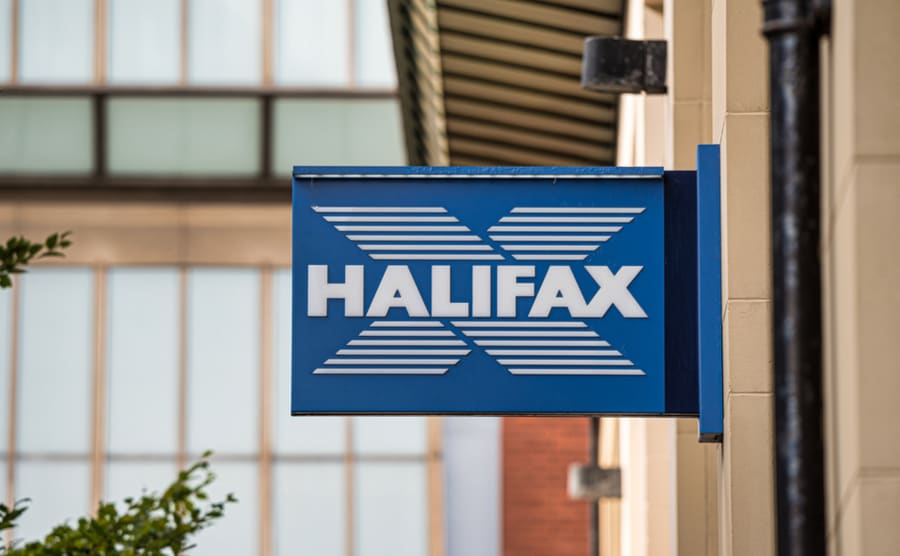
Halifax is one of the lenders who have pulled their fixed deals as the pound plummeted I Image credit: shawnwil23 via Shutterstock
What are lenders doing?
Banks and building societies across the UK therefore withdrew the current mortgage rates on offer as they await the Bank of England’s new interest rate, which is scheduled for 4 November.
Speaking to The Guardian, Jamie Lennox, director at Dimora Mortgages said, “The future is certainly looking bleak when the biggest lender in the UK pulls a big selection of their products on offer.
“The uncertainty around the risk of an emergency rate rise is likely to see other lenders withdrawing products,” he continued, “or increasing rates dramatically until they know the extent of how this all pans out.”
Why are they withdrawing deals?
Lenders (banks and building societies) need to make sure that their mortgage products are profitable in the long run, as well as affordable for their customers.
Lenders price their mortgage rates against the BoE base rate, which is now at 2.25%. Until recently, financial experts thought the base rate would rise to 4.5% by next spring.
However, following the government’s announcement regarding cutting taxes, analysts believe it might have to get to nearly 6% to restore investor faith in the UK economy and get inflation under control.
In an announcement yesterday, Huw Pill, the Bank of England’s chief economist, added to the concerns of UK homeowners who have already seen hundreds of lenders pull mortgage deals.

What does this mean for my mortgage?
The answer depends what kind of mortgage deal you’re on. Most borrowers on fixed-rate mortgages are safe for now, however the upshot will include higher borrowing costs and less choice when you look to find a new deal.
Approximately a fifth of UK households are on a variable rate mortgage, where what you pay is linked to the BoE base rate, or their lender’s standard variable rate (SVR).
The news of higher mortgage costs is bad news for first-time buyers who may have to lower their budgets in order to afford repayments on their loans.
Daniel Johnson, advisor at The Mortgage Dog, predicts that the average monthly bill increase is likely to total hundreds of pounds in the next year. He predicts those on variable rates will have to pay, on average, £200-300 more per month.
He said, “If you were fixed on a 2% rate, which is fairly common, on an average mortgage of nearly £200,000, today you’re looking at about 4.5%. So you’re looking at another £200 to £300 (per month).”
While lenders’ actions are a natural response the increase in the buy-to-let market has not been as dramatic as the residential.
Despite the hikes in interest rates, there are support schemes available to help homeowners pay their mortgages. A Support for Mortgage Interest Loan is worth looking into if you’re struggling with increased payments due to higher interest.
We advise those with concerns to seek financial advice as soon as possible. Johnson said, “even if your fixed rate isn’t due to end for another six months, you can start looking from the six-month point and checking to see what rates are available.”
What’s all this got to do with exchange rates?
Firstly, financial institutions just didn’t believe the mini-Budget added up to a realistic plan and would involve too much government borrowing. Money piled out of Britain and sterling hit an all-time low against the dollar.
Secondly, central banks generally don’t try to control the value of a country’s currency. That’s why exchange rates move up and down each day, moved by economic and political news. Sometimes gently, moving at up to 0.50% over the course of an average day, and occasionally wildly, by 10 or 20 times that amount. For example, sterling dropped sharply after the Brexit vote, but gained rapidly when a Brexit deal was agreed.
However, when central banks use the lever of interest rates to encourage growth and limit inflation it always has a knock-on effect for the pound. Normally, higher interest rates can boost the value of a country’s domestic currency.
Interest is the return on investors’ deposits. If the UK has higher interest rates, investors put their money there – into sterling – and the pound strengthens. If another country, say the USA, raises its interest rates higher than the UK, then money flows into the dollar and it strengthens, while the pound weakens.
In recent months America’s central bank, the Federal Reserve, has been raising interest rates faster than the Bank of England, which led the pound to fall.
While the US Federal Reserve raised its main rate to by 0.75% three times in row, to its current 3.25%, the Bank of England has raised it’s rate by no more than 0.50% each time, to its current 2.25%, well behind the US.

